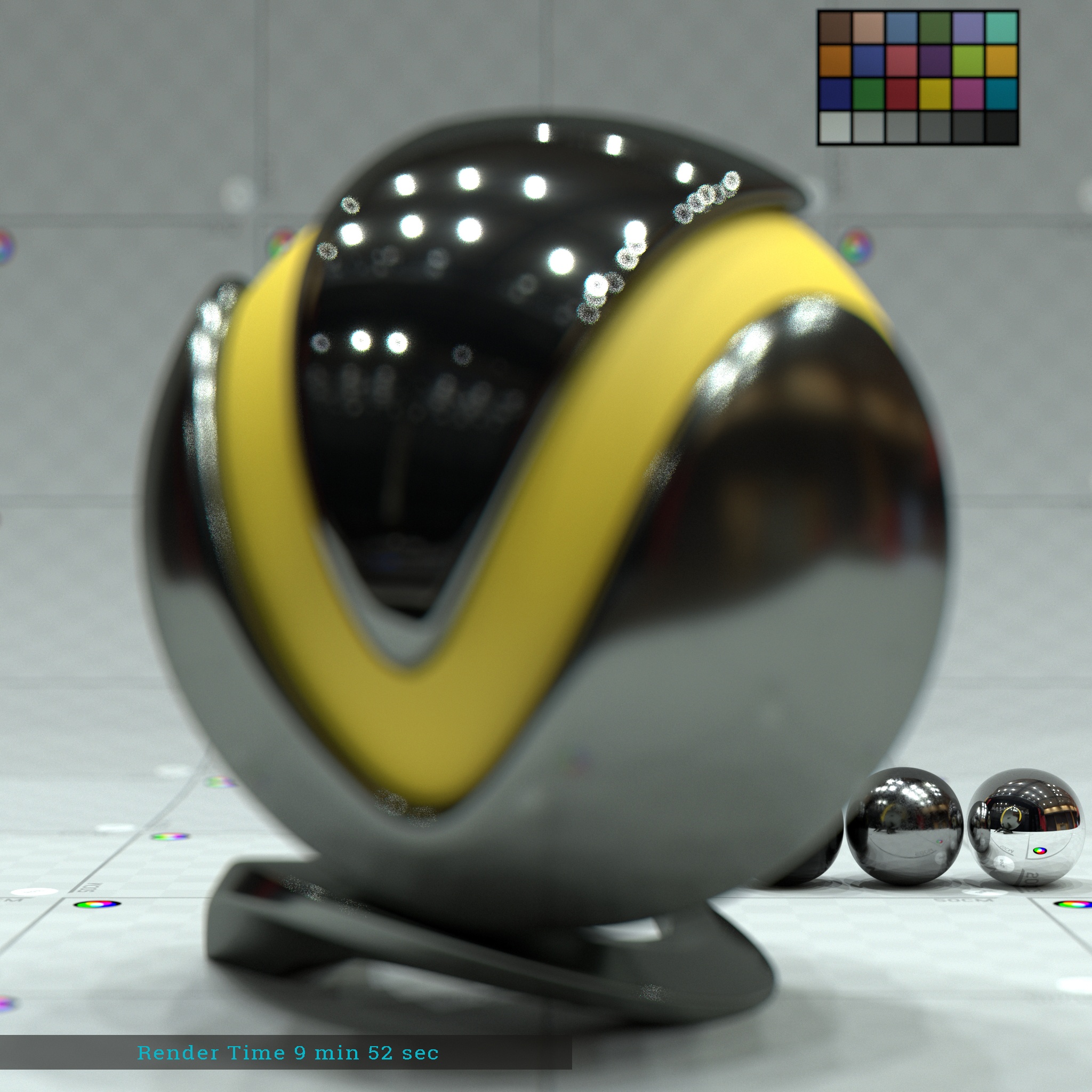Adaptive Amount – Controls the extent to which the number of samples depends on the importance of a blurry value. It also controls the minimum number of samples that are taken. A value of 1.0 means full adaptation; a value of 0.0 means no adaptation.
Animated noise pattern – When this option is Off, the sampling pattern is the same from frame to frame in an animation. Since this may be undesirable in some cases, you can turn this option Off to make the sampling pattern change with time. Note that re-rendering the same frame produces the same result in both cases. Divide Shading Subdivs – When enabled V-Ray automatically adjusts the number of samples in lights, materials etc., when you change the antialiasing settings in order to achieve the same quality. Random Seed – Changes the random seed for the noise pattern. Use Local Subdivs – When disabled, V-Ray automatically determines subdivs values for sampling of materials, lights and other shading effects based on the Min shading rate parameter of the Image Sampler. When enabled, V-Ray uses the Subdivs Mult parameter and the Subdiv values of individual V-Ray lights and materials. |
|
|





